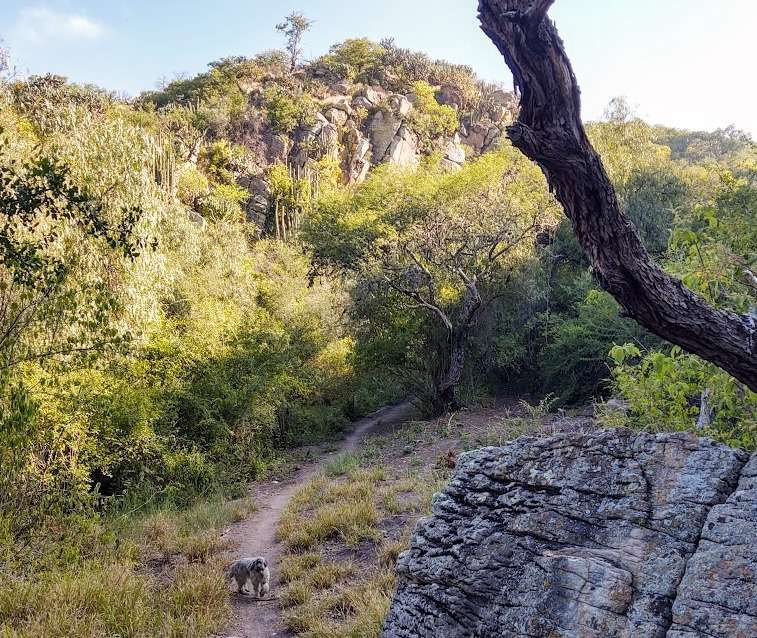If interested in a lovely hike in the countryside my recent hot spot runs the gamut of history and culture from the time of Christ through Mexico’s early talkies, and then some.
It all takes place in the canyon named for revolutionary hero, Pancho Villa, just beyond our neighborhood named for saintly French royalty, San Luis Rey. The canyon is bordered by a road that runs behind Las Ventanas golf course and is part the old Silver Route. The Silver Route was the major North-South trail in the Americans bringing silver down to Vera Cruz then Spain, while also bringing European items like letters from home and cast iron beds the other direction for centuries.
The Silver Route is not in good shape here and will lead you to the neighborhood of Costco-sized houses on the mountainside, St. Matilda. St. Matilda was a German nun that saw the vision of Mary of Three Hail Marys widely celebrated in town each August for saving the life of an indigenous farmer in 1731 from a lightning strike. Her stunning chapel is on Plaza Civica as is the farmer’s blown apart hat.
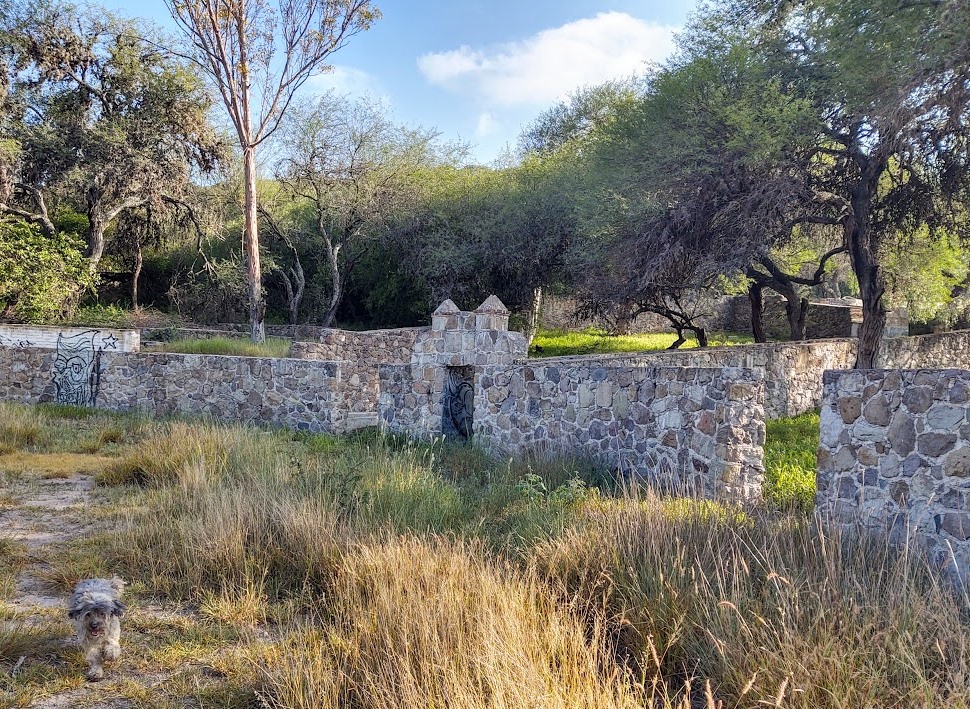
I take tours on Silver Route near here for a bit of living history and to see where the wagon train rested overnight before the grueling eight hour ride into San Miguel (20 minutes by car today). If you stay on the Silver Route you’ll come to the village of Palo Colorado where the route soon returns to nature, an inevitable consequence following railroads coming into Mexico in the latter part of the nineteenth century.
Exploring the canyon brings forth three surprises and the first is just steps in, an ancient hacienda. How ancient I don’t know being unable to find someone familiar with its history but judging by the stones used in the construction, featuring in-laid sparkle only found in ancient mines, it’s been a while.
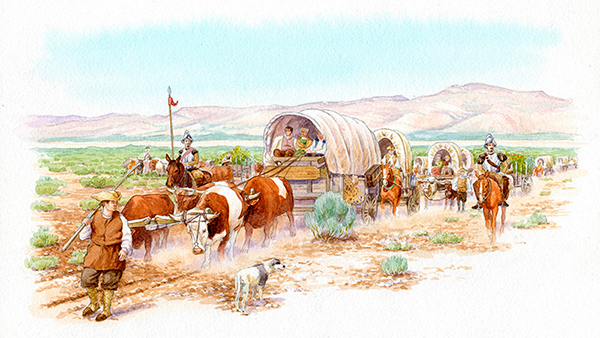
The hacienda focused on bulls featuring two large bull rings and areas for drinking and grazing. Today you’ll find some interesting murals including a blue devil for my son, a Duke alumni.
There are two markers on the structure, one for the passing of a well-loved pal in 1988 and the other for a performance of famous matador in 1974.
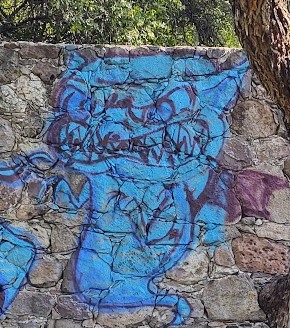
At the entrance to the bull ring is an announcement stating Joaquín Rodríguez, better known as Cagancho, performed here in 1974, a decade before his death. Cagancho was a Spanish matador known for his aesthetic use of his red cape during the golden age of bullfighting. His bull ring successes propelled him into 1930s Mexican movies during his peak years highlighting his infamous green eyes.
After that Cagancho’s performances varied greatly. Sometimes his artistry was at full heights while other shows were literally horrific, with Cagancho being unable to kill the bull. Today you hear the expression: “Looks like Cagancho in Las Ventas “, ironically the name of the golf course next to the bull ring he performed at in San Miguel de Allende. The expression is used as a synonym for doing things horribly wrong in public, or used to mean exactly the opposite, to have had a flawless public performance.

The nickname, Cagancho, he claimed came from his father’s family who were great singers comparing them to a bird called caganchío. Unfortunately the name also implies one executing a large, complex bowel movement.
The ruins are very similar in design and structure to the ruins in Alcocer which is still an active farm. In Alcocer (just behind the mall) wagon trains would switch out burros before continuing the journey to or from Mexico City.
A short gambol beyond the hacienda ruins are the ruins of two dams. One is particularly impressive featuring a design that once held a great deal of water and pieces of an aqueduct implying there was a factory of some sort once there.
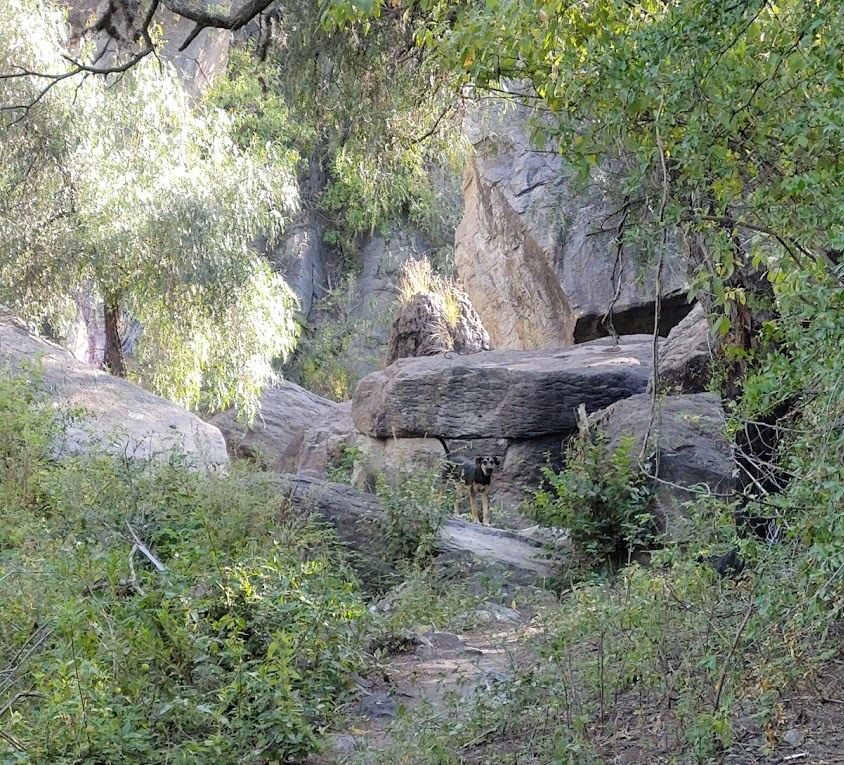
This day there was a substantial femur located by it that I was able to tell my pal recovering from a broken leg that I had a replacement bone ready for her if her current one didn’t graft properly!
This same octogenarian pal told me how when she was a child her grandmother forbade her ever exploring this area as local witches were then known to cast spells making hikers forever lost. She’s never gone into canyon and likely never will.

Sashaying on the flora and fauna changes from woods back to semi-desert and you’ll notice to your left the dirt covered pyramids called Aguas Espinosa, a loose translation of the name one of the Aztec rulers according to fellow guide, Albert Coffee. From San Luis Rey all the way out towards Atotonilco there are lots of ceremonial ruins from pre-Hispanic times.
The pyramids in the canyon were built by the Toltecs that lived in the area from about 1000 BC to 1200 AD. Toltecs felt each mountain had their own deity and frequently build pyramids on mountain tops. Some, like these, are covered over with plants. These look very similar to the seven pyramids that surround the nearby village of Cruz de Palmar. Others on the south side of San Miguel de Allende are majestic. Still others are just ruins or feature chapels made from the pyramid’s stones the Spanish had knocked down and reused.
The Spanish were masters at the art of taking what folks already believed, tweaking it some and making it Catholic. That is why the Parroquia was built upon the Chichimeca grave yard, as the then resident indigenous were already use to worshiping at the site.

The Aguas Espinosa pyramids provide sweeping views of San Luis Rey, the town, lake and over to areas leading out towards the village of Los Rodriguez. By the late 1960s the pyramids had been raided with a local man selling the ceramics, pipes and tomb offerings found there on the black market for ancient artifacts. Getting word the police were coming to arrest him, he committed suicide.
In an effort of full disclosure, there are both feral and trained to attack dogs in the area. Chatting with a resident farmer he complained of folks that bring their Pit Bulls on a walk to only have them then attack his cows. My dog was aghast refusing to eat a cow that wasn’t properly seasoned and grilled to perfection.
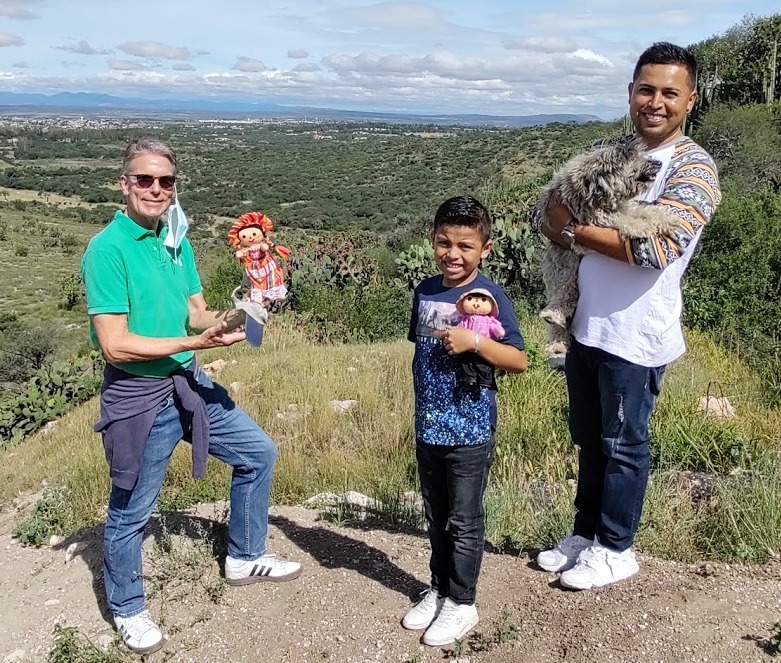
At one point on the hike I asked all three lads to pose with their favorite toy. Young Yael chose the Jose doll from my bag and became so enamored he carried him around for the rest of the hike. Suffice to say Jose went home with him and though Jose may be missing Maria what boy doll, I mean action figure, doesn’t want his own boy to play with?
by Joseph Toone
- TripAdvisor’s top tour guide in San Miguel de Allende with History and Culture Walking Tours and Joseph Toone Tours.
- Amazon’s best selling author of the San Miguel de Allende’s Secrets book series on making your adventures around town unique.
- Creator of the Maria Dolls coloring book helping indigenous doll makers.

